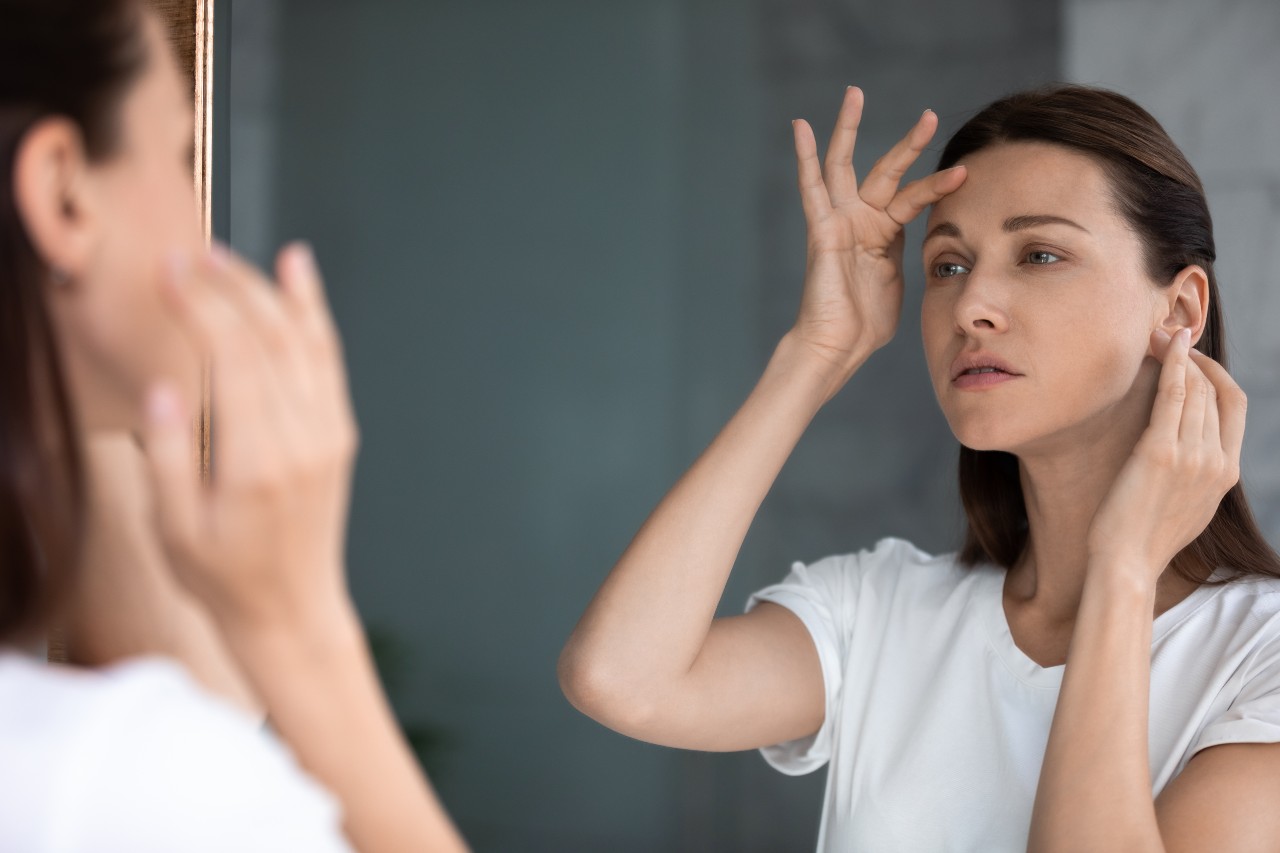What Type of Acne Do I Have?
Acne is a common skin condition that affects around 17 million Americans. It is generally seen during the pubescent years, however it can also occur in adults as well. There are different types of acne and knowing what type of acne you have is the key to finding the correct treatment. In some cases, it is also possible to have multiple types of acne.
Comedonal Acne
Comedonal acne, also known as noninflammatory acne, are black heads and whiteheads that generally don’t swell and respond well to over the counter treatments. Blackheads occur when a pore is open but clogged by sebum and dead skin cells. Whiteheads also occur when sebum and dead skin cells clog the pore and the top of the pore closes up. Both types of comedones feel bumpy and are commonly found on the chin, cheeks, and forehead. Comedonal acne can be aggravated by oil skin, smoking, high humidity, over moisturizing the skin, using oil-based moisturizers, skin injury from picking or popping pimples, and a diet high in dairy, fat, or sugar.
Inflammatory Acne
Inflammatory acne is characterized by pimples that are red and swollen. Like comedonal acne, they are partially caused by excess sebum and dead skin cells. However, inflammatory acne is also accompanied by bacteria that can cause painful infections below the skin. This increases the degree of redness and swelling of the pimples.
Nodulocystic Acne
Nodulocystic acne, also sometimes known as nodular acne or cystic acne, is a severe form of acne characterized by many inflamed and uninflamed nodules (firm lumps) and cysts (fluid-filled cavities lined by epithelium) that span across the face, chest, and back. These nodules and cysts are larger and deeper than other forms of acne, which means that breakouts can cause both pain and scarring. Nodulocystic acne often starts off as mild acne and worsens over time forming larger nodules and cysts. There is also a possible genetic predisposition to this type of acne.
Hormonal Acne
Most cases of acne are associated with the hormonal changes during puberty, however adults can also be affected. Adult women, in particular, can be affected by hormonal acne. Hormonal acne is characterized by blackheads, whiteheads, pimples, and sometimes larger nodules and cysts. While acne typically appears on the forehead, nose, and chin during teenage years, these same acne lesions are found more on the cheeks and along the jawline in adult women with hormonal acne. There is also a tendency for acne to worsen with menstrual cycles.
Acne Excoriee (Scarring)
Acne excoriee is the conscious, repetitive, and uncontrollable desire to pick, scratch, or rub acne. Lesions typically reside in locations that are easy to reach, such as the face, scalp, upper back, and upper extremities. These lesions can vary in shape and size, and generally result in long-term scarring. Acne excoriee is a type of excoriation disorder that is related to Obsessive-Compulsive and Related Disorders (OCD). In order to make a diagnosis of acne excoriee, all of the following diagnostic criteria must be met:
- Recurrent skin picking that results in skin lesions
- Repeated attempts to decrease picking behavior
- Skin picking causes distress or impairs social, occupational, or other areas of functioning
- Skin picking is not a physiologic effect caused by a substance or medical condition
- Skin picking is not better explained by symptoms of another mental disorder
Acne Fulminans
Acne fulminans is a rare and severe form of acne that causes systemic symptoms. With acne fulminans, inflammatory and ulcerated nodular acne tends to form on the face, chest, and back. These ulcers tend to appear abruptly and can have bleeding crusts over them. In addition, this type of acne also causes systemic symptoms such as fever, joint pain, fatigue, loss of appetite, weight loss, and an enlarged liver and spleen. Most cases of acne fulminans have been observed in adolescent males.
To Sum it All Up:
As you can see, acne is more complicated than you probably thought. While most people think that acne is just “pimples”, there are several different types of acne that can cause different types of breakouts. Additionally, the triggers and/or risk factors for these breakouts can also vary. For these reasons, it is imperative to know what type of acne you are experiencing in order to determine an appropriate treatment that will yield results.
Unsure about what type of acne you have? Schedule a consultation with our dermatology specialists today to learn more about your skin!


